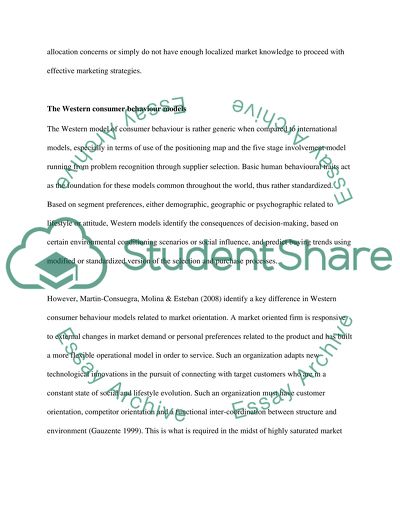Cite this document
(Western Versus Regional Consumer Behaviour Models Term Paper, n.d.)
Western Versus Regional Consumer Behaviour Models Term Paper. Retrieved from https://studentshare.org/social-science/1572747-explore-significant-differences-from-western-models-of-consumer-behaviour-in-different-parts-of-the-world
Western Versus Regional Consumer Behaviour Models Term Paper. Retrieved from https://studentshare.org/social-science/1572747-explore-significant-differences-from-western-models-of-consumer-behaviour-in-different-parts-of-the-world
(Western Versus Regional Consumer Behaviour Models Term Paper)
Western Versus Regional Consumer Behaviour Models Term Paper. https://studentshare.org/social-science/1572747-explore-significant-differences-from-western-models-of-consumer-behaviour-in-different-parts-of-the-world.
Western Versus Regional Consumer Behaviour Models Term Paper. https://studentshare.org/social-science/1572747-explore-significant-differences-from-western-models-of-consumer-behaviour-in-different-parts-of-the-world.
“Western Versus Regional Consumer Behaviour Models Term Paper”, n.d. https://studentshare.org/social-science/1572747-explore-significant-differences-from-western-models-of-consumer-behaviour-in-different-parts-of-the-world.


